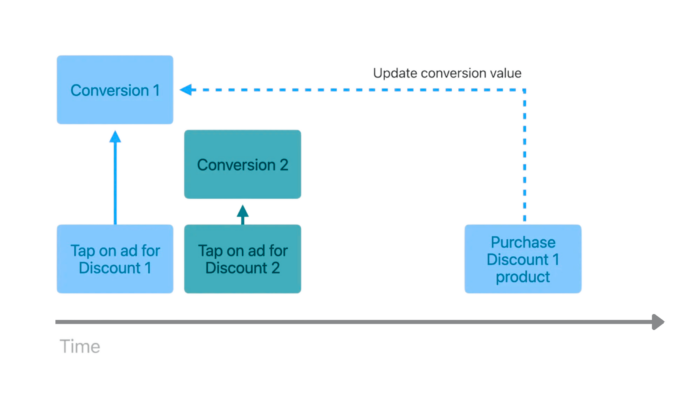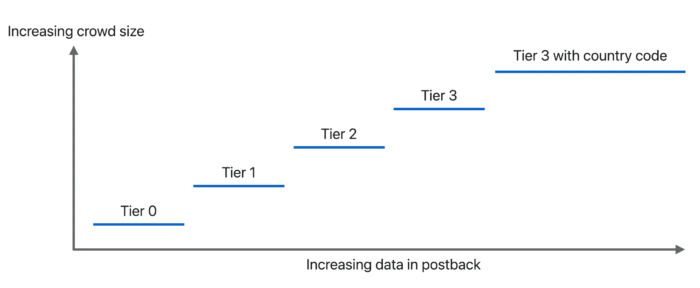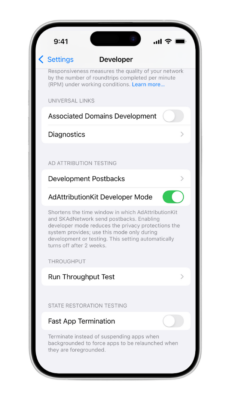AdAttributionKit (AdKit) just reached a new level of maturity. Introduced as Apple’s privacy-centric successor to SKAdNetwork, it now offers marketers greater flexibility to track and optimize performance in an IDFA-less world. At WWDC 2025, Apple announced a series of updates—shipping with iOS 18.4—that give app marketers more control over attribution across installs and re-engagements.
However, these tools aren’t entirely plug-and-play and may require some effort to tailor them to each marketer’s specific needs—making the choice of partner all the more important. While the added flexibility is welcome, it also means advertisers and partners need to adapt, whether that involves updating attribution windows, refining how postbacks are tested, or getting to grips with overlapping conversions. More sophistication often brings added complexity—but for teams ready to explore it, this marks a meaningful step forward.
Let’s break down what changed, and more importantly, what it actually means for user acquisition teams trying to make sense of Apple’s evolving privacy framework.
Re-engagement becomes multi-dimensional
Until now, AdKit only allowed a single active re-engagement conversion per app. That meant if a user engaged with two different ads for the same app, only the most recent conversion could be tracked—limiting campaign-level granularity and frustrating marketers running parallel re-engagement efforts.
Apple has now introduced support for overlapping re-engagement windows and conversion tags, allowing advertisers to track and update multiple re-engagement conversions independently. These tags act like campaign bookmarks, enabling developers to link downstream in-app behavior to the correct originating touchpoint.

For apps running time-sensitive promos, loyalty flows, or product-specific offers, this unlocks far more nuanced re-engagement strategies—and more reliable attribution across them.
Customizable attribution windows: less noise, more signal
One of the most significant updates is the ability to set custom attribution windows—not just globally, but per ad engagement type (click vs. view) and per ad network.
Previously, AdKit used fixed attribution windows: 30 days for click-throughs, and just 1 day for view-throughs. Now, advertisers can define how long a particular ad interaction remains eligible for conversion credit, giving marketers more flexibility to reflect actual user behaviour
These settings help reduce noise in performance reporting and give marketers more control over how conversion credit is assigned—particularly in multi-touch environments or longer consideration journeys.
Cooldowns to prevent conversion overlap
One of the messier problems with iOS attribution? Overlap. Imagine a user installs your app after engaging with an ad—but before making a purchase, they click on a second, re-engagement ad. Without proper controls, that conversion might be wrongly credited to the second ad network, not the one that actually drove the install.
This kind of post-install overlap—where retargeting ads swoop in to claim credit for already-influenced users—has become a common issue.
Apple’s solution is simple but effective: configurable cooldowns. Marketers can now set a pause between conversion events—whether it’s an install or a re-engagement—ensuring that follow-up ads don’t immediately override the original attribution.


It’s a small change with big impact. By limiting attribution overlap, Apple is giving marketers more control, cleaner ROAS models, and a fairer playing field where networks are rewarded only for the outcomes they truly drive.
Postbacks get country-level precision
Apple also introduced country codes to AdKit postbacks, allowing advertisers to understand where conversions are happening at the regional level—without relying on inferred signals or having to use the valuable source identifiers.
As with other AdKit data, the inclusion of country codes is subject to Apple’s crowd anonymity thresholds. That means geo data is only included if a sufficient volume of conversions occurs in that region, maintaining Apple’s broader privacy standards.

Developer testing just got easier
AdKit testing has historically been difficult—requiring external tooling, custom ad flows, and workarounds to validate whether postbacks were firing correctly.
With iOS 18.4, Apple introduces Development Postbacks, which can be configured and triggered directly from the iOS Settings app. Developers can simulate conversion events, apply custom conversion values and country codes, and send postbacks to test endpoints. It’s a major step forward for any team building or QAing attribution pipelines ahead of launch.

AdKit is growing up. Is the ecosystem ready?
AdAttributionKit is no longer an experimental toolkit. Apple’s latest updates give advertisers many of the controls they’ve been asking for—more transparent rules, more customizable windows, and better developer ergonomics.
But there’s a catch: none of this works unless the broader ecosystem—ad networks, DSPs, measurement partners—fully adopts AdKit. Networks need to sign postbacks, apps need to implement conversion logic, and teams need to rethink how they define success in a privacy-first context.
For now, adoption is still uneven. But DSPs already operating in an ID-less environment, such as Dataseat, may be better positioned to make use of these updates immediately, especially those with in-house support for AAK-compliant bidding and postback handling.
Growth marketers: the foundation is here. Now is the time to build on it.





